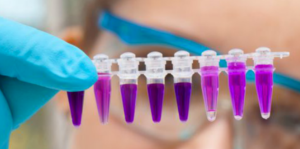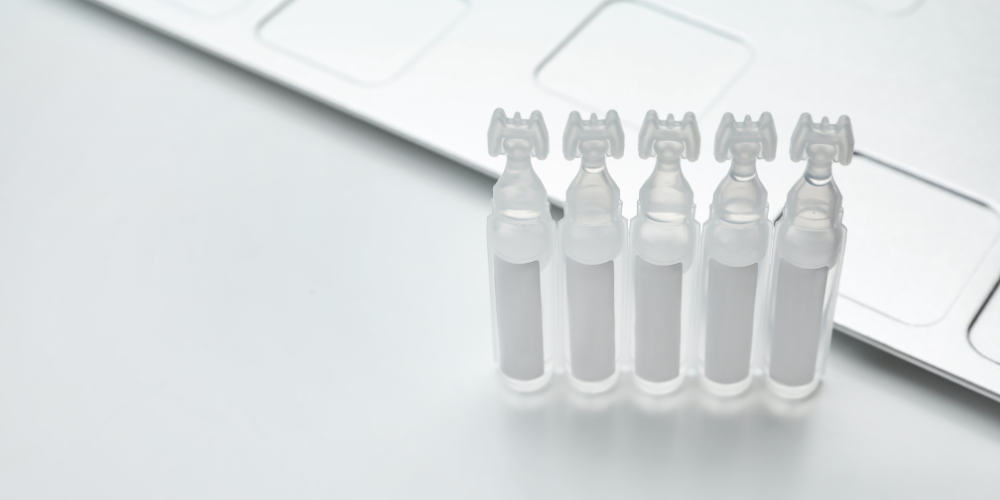Part 2: Expanding Shipping Temperatures Without Sacrificing Quality: A Guide to Transport Validation and PQ
Demonstrating Product Quality All pharmaceutical manufacturers must ensure that the safety and efficacy of...
read Details

| To set the stage for this blog post, a thermometer is a device that converts physical changes (of heat) into a numerical value. How to evaluate this value is the topic of this article.
Rather simple on its face, there seems to be confusion in the application. Look no further than to the assessment of data from a thermal experiment and the applied results to a specific range. The first thermometers had scales that corresponded to each manufacturer. By 1742 Anders Celsius proposed a scale with zero at the boiling point and 100 degrees at the freezing point of water, though the scale that now bears his name has the boiling and freezing points the other way around. The USP (United States Pharmacopeia) has definitions of multiple storage temperature conditions. For instance, a refrigerator “is a cold place in which temperature is thermostatically maintained between 2° and 8°C degrees.” Current digital temperature recorders document the history of thermal exposure to the tenths of a degree. Typical thermocouple systems record temperature values to the hundredths of a degree. What method(s) does one use to compare the measured data with the listed range in a given standard? The method that follows is based on common methodologies expressed in the USP general chapters on significant figures and rounding, as well as the ASTM (American Society for Testing & Materials) Standard E29-13, “Standard Practice for Using Significant Digits in Test Data to Determine Conformance with Specifications.” Getting back to the refrigerator reference of a cold place in which temperature is thermostatically maintained between 2° and 8°C degrees, it should be noted that this is a range commonly used as an acceptance criteria for passive shippers. When the recorder documents a value of 1.8°C, is this considered within the specification of “refrigerated?” The USP and ASTM standards agree that it depends on the specification. The values for USP refrigerated contain one significant digit. All calculations should use the general rules of retaining significant figures when performing calculations that summarize or convert values. However, when these calculations are completed, in order to assess the result, the final calculated value should be rounded to the same number of significant digits as used by the limit in order to determine whether the test data conforms to the respective limit. Table 1 contains examples. Table 1. Illustration of Rounding Numerical Values for Comparison with Requirements
Therefore, in the example of USP and the range for refrigerated materials, acceptable unrounded test values ranging from 1.5° to 8.4°C would be considered conforming to the range of between 2° and 8°C. I’ve seen countless qualification attempts fail because of a recorded data point that registers 0.1°C outside of a limit with one significant figure. Hopefully, the references cited within this blog will find widespread application. |
||||||||||||||||||||
Demonstrating Product Quality All pharmaceutical manufacturers must ensure that the safety and efficacy of...
read Details
Introduction The integrity of supply chain management is pivotal in the demanding realm of...
read Details
Entering the U.S. market comes with a unique set of regulatory challenges, particularly when...
read Details